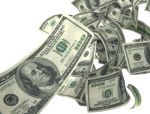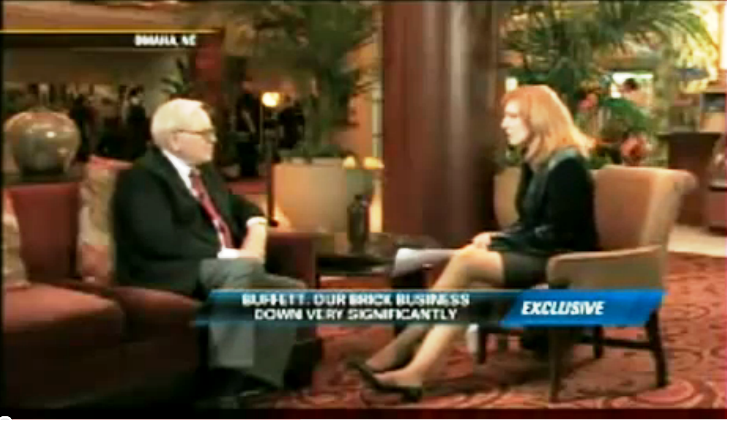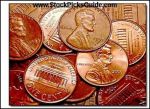
SINCE THE 1980’s, “sustainability” has been a concern for humanity, but also for Corporate America. Corporate sustainability can take shape in many forms, such as social outreach outside of the business’ normal operations such as charity work or corporate philanthropy. The most efficient companies, however, are uncovering ways to propel their business to new heights by developing products that will last longer and be more conducive to the sustainability of their individual consumers and their business. There are businesses out there that specialize in extending the lifespan of their client-businesses by finding ways for them to shave costs from their operating budgets in order to keep their doors open.
Case in point: In Central Florida, there exists a company called LandEconics, Inc. that has developed software to analyze and evaluate all applicable factors when determining the best landscaping solutions for large-scale clients. Ever think of trees, bushes and grass as an asset? If you’ve ever paid to landscape your residence, maybe you do. To put things in perspective, one full-grown palm tree can be several hundred to over a thousand dollars. Now imagine landscaping an entire college campus, planned community, or large business grounds with hundreds of palm trees. You can literally be talking tens of thousands to hundreds of thousands to millions of dollars on plants!
This software, that they call the Living Asset Management Program™, takes into account the economic aspect of landscaping. Not just advising their clients to buy the cheapest plants available, but evaluating in full the location, climate, rainfall, humidity, and max heat and cold temperature in order to make the best recommendation of landscaping for what the client can afford. Using palm trees as another example, to laypersons, most palm trees look relatively the same. They remind us of the beach and relaxation, and they are a part of coastal culture all over the world. Some palms, however, cost exponentially more than others; also, some palms outlive others by several years and can withstand much more arduous weather.
LandEconics has developed a system by which they can consult their clients and advise them not to buy the palm tree that costs $150 that, on account of their harsh winters, they have to replace every spring because it dies in the winter cold temperatures. Instead, they can take their software, input the climate information from their client’s geographical region, and advise them to go with, perhaps, a slightly more expensive palm tree that won’t ever have to be replaced because it can survive through the highs and lows of the client’s specific region. If the palms both generally look the same, all that’s really been adjusted is the amount of money the client pays out every year to replace them. When you’re talking several hundred acres of developed land or a 30,000-student college campus, that is some seriously valuable information.
Aside from the plants as assets, the software can assist the client’s sustainability efforts by recommending plants that will meet the clients’ aesthetic goals, while requiring little to no maintenance in the given climate. Little-to-no maintenance equates to little-to-no maintenance costs incurred by the client. Not to mention that some plants require very little water while some aesthetically comparable ones may require a lot. If you owned a business that required landscaping, which plant would you want?
While LandEconics, Inc. is only one example of a business whose operations are centered on corporate sustainability, both for the environment and their clients, they represent a much broader and growing industry of companies who thrive on helping other companies keep their doors open by shaving unnecessary costs from their business operations.






















